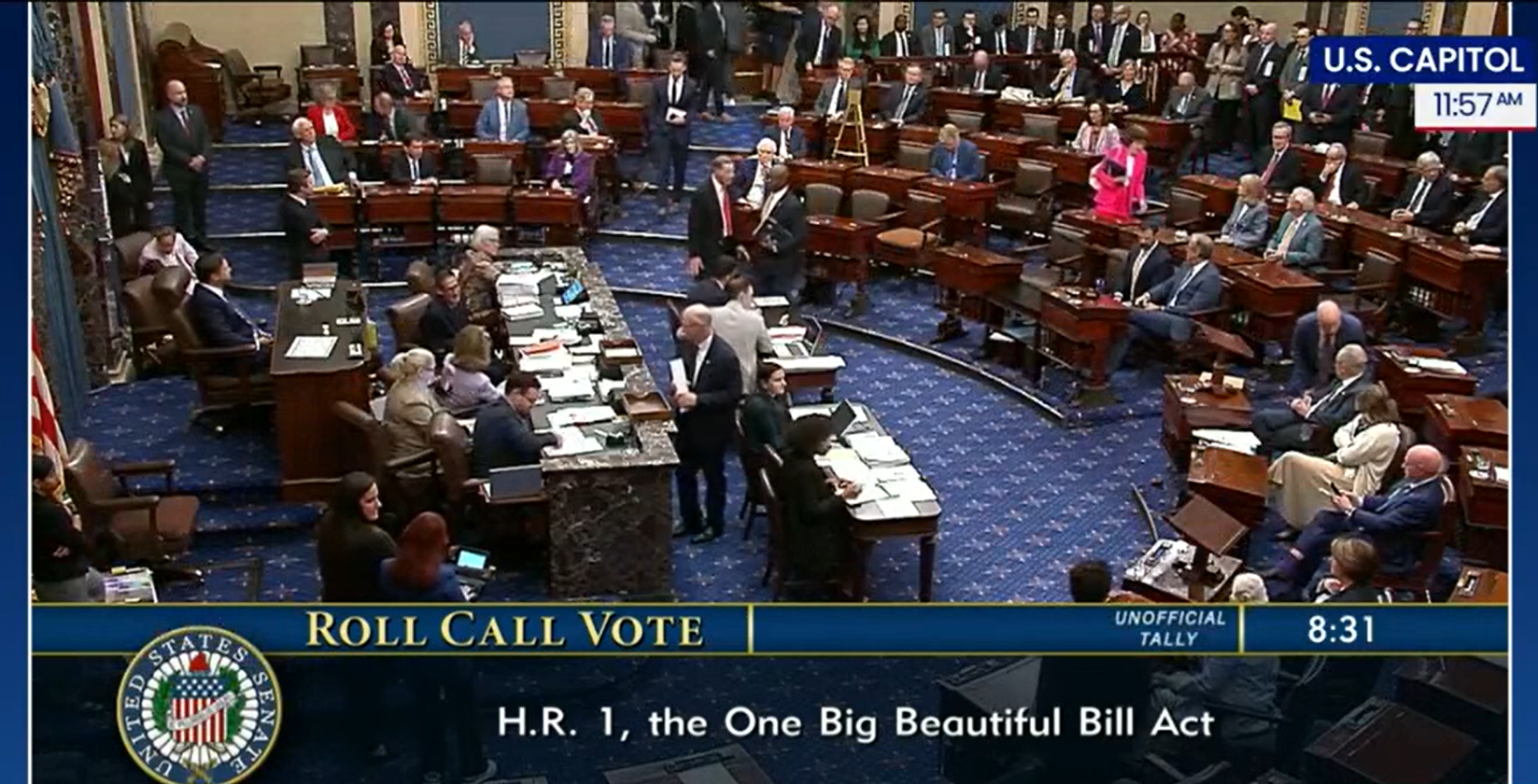Agencies are struggling with a labor shortage and related problems with hiring and retention. The market for new hires has become more competitive but many providers have not updated their benefit practices in response. Some providers are seriously underselling themselves with new hires and employees.
This eBook explores updates providers should consider making to not just their benefit packages but how this valuable extra compensation needs to be communicated to potential new hires and existing employees.
1. Benefit Monetary Valuation
All benefit packages must include a monetary valuation. Providers often offer relatively generous benefit packages in comparison to competitors like Amazon and Walmart, especially for new hires. But many new hires don’t understand the value of the package in monetary terms so they can only compare pay rates.
The benefit package valuation should be included in job postings and be periodically communicated to existing employees, at least annually, and with every benefit update announcement.
2. Annual Total Compensation Statements
An agency in Illinois has started providing all employees with an annual total compensation statement, as well as a W2. The total compensation statement includes all employer contributions to healthcare and 401K plans, as well as the employer portion of payroll taxes for Social Security and unemployment.
The goal is to communicate to employees the value of their benefit package.
3. Important Non-Taxable Benefits That May Not Be Mentioned
If your agency pays employees any non-taxable expenses, these should be included in job postings and in benefit monetary valuations. As no taxes are paid on this compensation, employees benefit greatly from these payments.
3a. BYOD (Bring Your Own Device) Plan for Smart Phones
Some providers include a monthly stipend for employees to use their own smart phone. This has become more common with EVV. A provider in Hawaii pays employees $10/mo. This is quite generous, $5/mon is more than sufficient to cover the data portion of a plan.
3b. Mileage
Providers managing HCBS programs often pay mileage. However this is rarely mentioned in job postings or reported to employees. Providers promoting mileage payments have found it to be useful for hiring and retention.
Mileage reimbursement systems can be built into documentation or online mileage and expense forms. It is important that employees find it easy and quick to claim this expense, especially with rising gas prices. The per mile reimbursement rate needs to be in job postings and changes communicated to employees clearly and promptly.
3c. Equipment Provided
Many agencies provide employees with access to computer equipment. Some provide laptops with certain positions. Surprisingly some future employees, especially those with less experience, often think they have to provide the equipment themselves. Make it clear in job postings who provides any equipment, what it is and the retail value.
4. Payroll On-Demand Service
Payroll on demand services are widely used by commercial companies like Walmart and are very popular with lower paid employees. There are multiple payroll on demand services to choose from. It is free to the employer and does not impact cash flow.
Seven-hundred employees at an agency in Nebraska are enjoying using a payroll on demand service with MITC Time and Attendance. Fifty-six percent of employees enrolled in the payroll on demand service.
- Time and Attendance automatically updates the pay on demand service daily with completed hours
- 56% of employees enrolled (no fee to enroll)
- 149 employees use pay on demand per pay period (21% of all employees)
- There are 350 transactions per pay period (small fee paid by employee)
- In total about $50,000 is advanced to employees per pay period and then automatically deducted from their regular payroll check
- Employees have responded positively to pay on demand even though they pay a small transaction fee for using it
- The most common reason for employees to use pay on demand are unexpected bills
5. Overtime
While not strictly a benefit, overtime availability is important to many lower paid employees and can be an important reason for their retention. Employers like Amazon and Walmart try hard to avoid overtime, while for providers with group homes, a percentage of overtime is often included in the budget. Many assisted living facilities cap hours at 40, forcing employees who want extra pay to work at two facilities, which often makes achieving work-life balance harder.
An effective scheduling system will allow employees to view extra hour opportunities across the agency and request extra work (which helps fill shifts and visits).
Payroll check stubs should separate out overtime so the extra money is visible to employees.
6. Differentials
Many providers pay extra for certain shifts or positions. Again, while not strictly a benefit, pay differentials can be an important part of an employee’s compensation. Job postings should make any differentials clear. Payroll check stubs should separate out pay differentials so the extra funds are visible to employees.
7. Extra Pay for Working On a Holiday
Amazon and Walmart don’t pay extra for working on a holiday while many providers pay 150% or 200% for any hours worked on a holiday. Job postings should include information on extra pay for holidays and a count of the number of holidays. Payroll check stubs should separate out holiday pay so the extra funds are visible to employees.
8. Paid Training
Agencies offer more hours of paid training than most comparable employers but this benefit is rarely reflected in job postings or communicated effectively to current employees. Job postings should include the number of hours of paid training provided and at what rate, as some employers pay less for training. This will make the positions more attractive to those outside the profession. For existing employees, a strong training reminder system will help ensure compliance with training regulations and make the benefit more visible to current employees.
9. 401K Plans, Life Insurance, etc.
While 401K plans are important to many senior employees, hourly paid employees often just want to get to the next paycheck. Any employer contribution to a 401K plan is probably not appreciated too much by lower paid hourly employees. The money is probably better spent on other pays.
10. HSA Plans
Unexpected medical bills are tough for many lower paid hourly employees. An employer contribution to a HSA is probably more appreciated than a 401K contribution. Plus the employee can use HSA funds to pay for medical bills with tax-free dollars.
11. Hybrid Working
Since COVID, working from home has proved very popular for administrative staff. All agencies need to develop a clear hybrid working plan and promote it in those job postings where it is meaningful. A restaurant manager has to be in the restaurant and pay for the gas for the commute. Many agency senior staff can do a portion of their work from home.
12. How Many PTO Buckets Are Best?
Accrued vacation, sick and personal time ideally should be consolidated into a single balance called Paid Time Off (PTO). Consolidating PTO into a single balance eliminates several steps, complications with accrual tables, and other potential errors. This can reduce the time supervisors, payroll and human resources spend managing employee PTO by 50%.
Consolidating PTO into a single bucket provides greater flexibility for employees and eliminates forcing employees to take sick days to get time off while not costing employers any extra. This allows healthy employees who want a longer vacation to get a week or two off scheduled, while an employee who prefers a day here and there is equally well accommodated. Longer vacation breaks are especially helpful if your workforce has employees originating from other countries than the United States.
An end of year PTO buy-out program can also act as an incentive for employees to stay and as an informal holiday savings plan. For employers who are short-staffed, the extra hours can be beneficial.
PTO requests and approvals should be managed as part of a time and attendance solution. Employees need to be able to retrieve their own PTO balance information and submit requests within a PTO rules engine thus freeing up management and human resources time to deal with these requests.
Agency Workforce Management supports all the needs of I/DD and behavioral health service providers: time & attendance, EVV, scheduling, hiring, training, HR, payroll and billing integration, documentation, electronic health records and more. Visit mitcagencies.com or email [email protected] to learn more.
Stay Informed on the Latest Research & Analysis from ANCOR
More News
New Resource Highlights the Impact of Medicaid Work Requirements on the Direct Care Workforce
Community Solar: Sustainable Energy for Everyone



